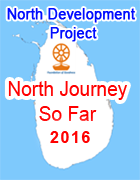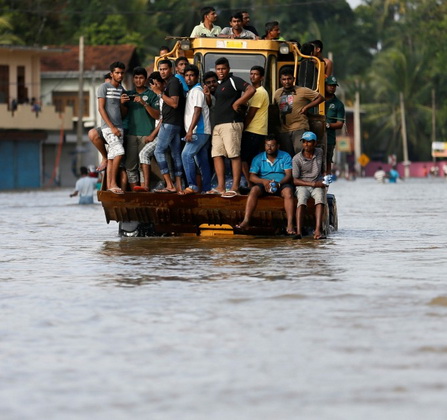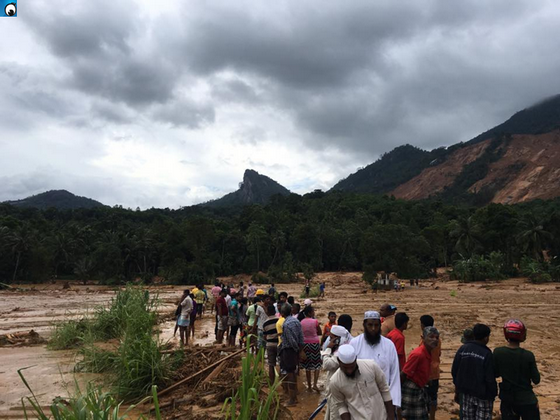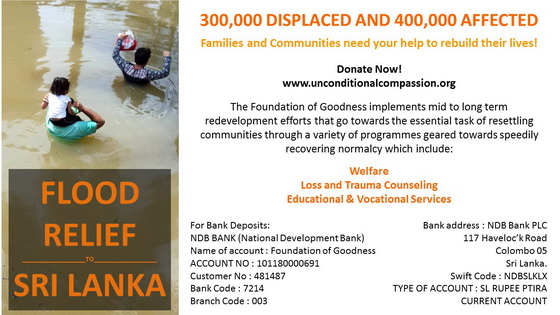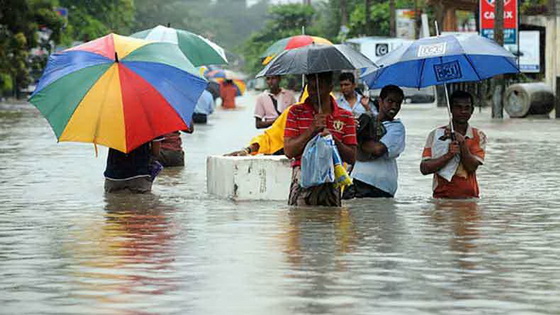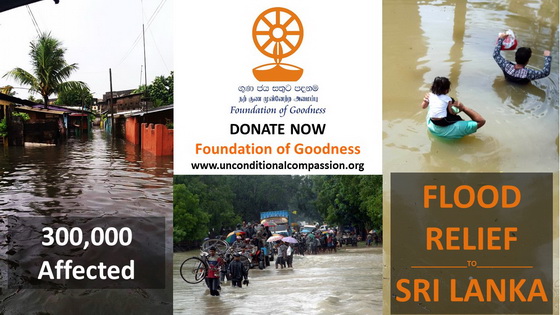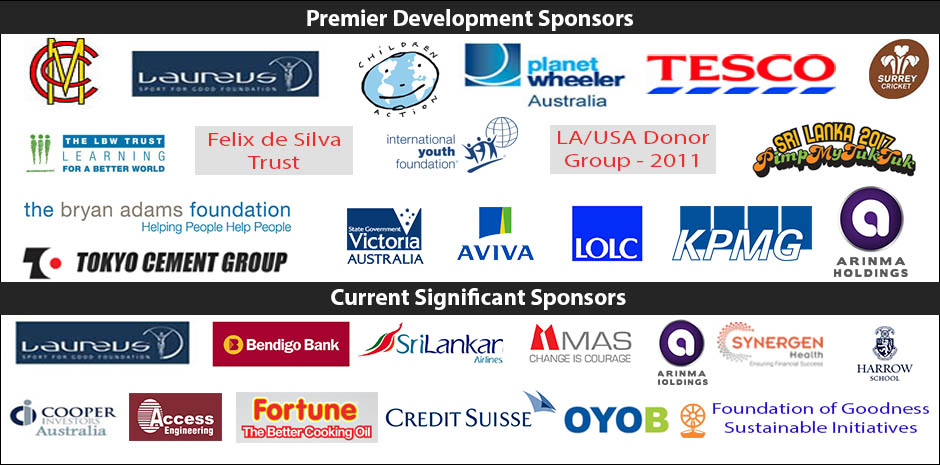Flood Relief for Sri Lanka It all began with a low pressure area off the south-east coast of Sri Lanka which would, over the week grow in the tropical cyclone Roanu, which also had a severe impact in India and Bangladesh, bringing an unexpectedly early start to the monsoon season with a ferocity which had not been witnessed in decades. On the 15th of May, the severe tropical storm inundated the island with torrential rainfall, causing floods and landslides across 22 districts in Sri Lanka, destroying entire villages on some occasions.
At least 84 people are known to have died as a result of Tropical Storm Roanu and a further 116 people are still missing, many as the result of a landslide that struck Aranayake, Kegalle district on 17th May 2016; this was followed by a second landslide in the same area four days later and landslides warning remain in place in nine areas of the country.
“Currently 237,240 people are displaced from their homes and living in a variety of safe locations including camps, schools, temples, with host families and in other temporary accommodation. The majority of these displaced people are in Colombo and Gampaha districts in the south-west of the country where floodwaters still remain high. As a result of heavy rains, several major reservoirs overflowed and flood gates were fully opened to avoid a dam breach, causing flooding downstream. Areas downstream of two large rivers to the north and south of the capital city Colombo, the Kelani river and the Kalu river, remain flooded with the possibility of further floodwaters flowing from upstream areas should heavy rains persist.
It is expected to take several days for floodwaters to recede and in some areas water levels remain as high as the roofs of people’s houses with access only possible by boat or by air. Many of the affected population, particularly in the rural areas, were already amongst the most vulnerable in the country and have now lost everything, including their homes, possessions, agricultural land and means of making a living. In the urban areas, there are growing health concerns related to the quantity of so much standing water in highly populated areas and the destruction of much of the water and sanitation infrastructure, which could lead to serious public health issues.” (OCHA Sri Lanka: Floods and landslides Situation Report) In the aftermath, many families have been left stranded, their homes destroyed or buried in mud and water, all their possessions swept away, and left stranded sleeping in schools, temples and other relief centres while they wait, wondering when they can return to normalcy.
The Foundation of Goodness has a wealth of knowledge regarding post-disaster rebuilding, due to our experiences following the 2004 Indian Ocean Tsunami as more recently, the devastating Koslanda-Meeriyabedda landslide. The FoG has recognized that the greatest need arises soon after the first frantic rush has died down, when the floods recede and people return to their homes with hopes of rebuilding their lives. This is when they need our help the most to rise above the devastation and the Foundation of Goodness is committed to utilizing all our resources towards assisting these families and communities. Our immediate plan targets 100 families who we will help in rebuilding their lives stronger and better than before through holistic programmes catering to their immediate welfare to re-settle in their homes through the gifting of care packages containing, among many others, groceries and household items such as bedding and storage cupboards in addition to restoring their homes back to pristine conditions.
Our heartfelt appreciation goes out to our donors worldwide who have pledged their support and donated funds towards our programmes, and we encourage further donations as we are in dire need of funds to implement a holistic programme that will help those affected by the floods speedily return to normalcy.
24th May 2016  |










